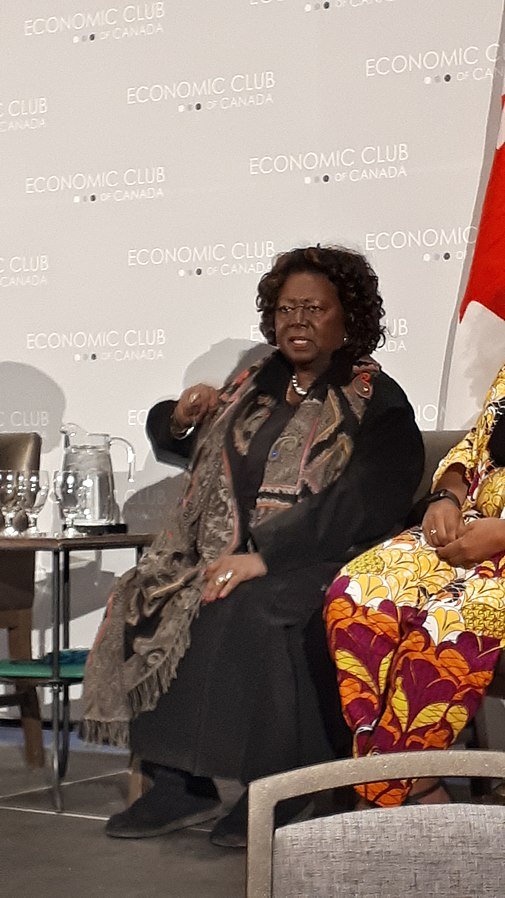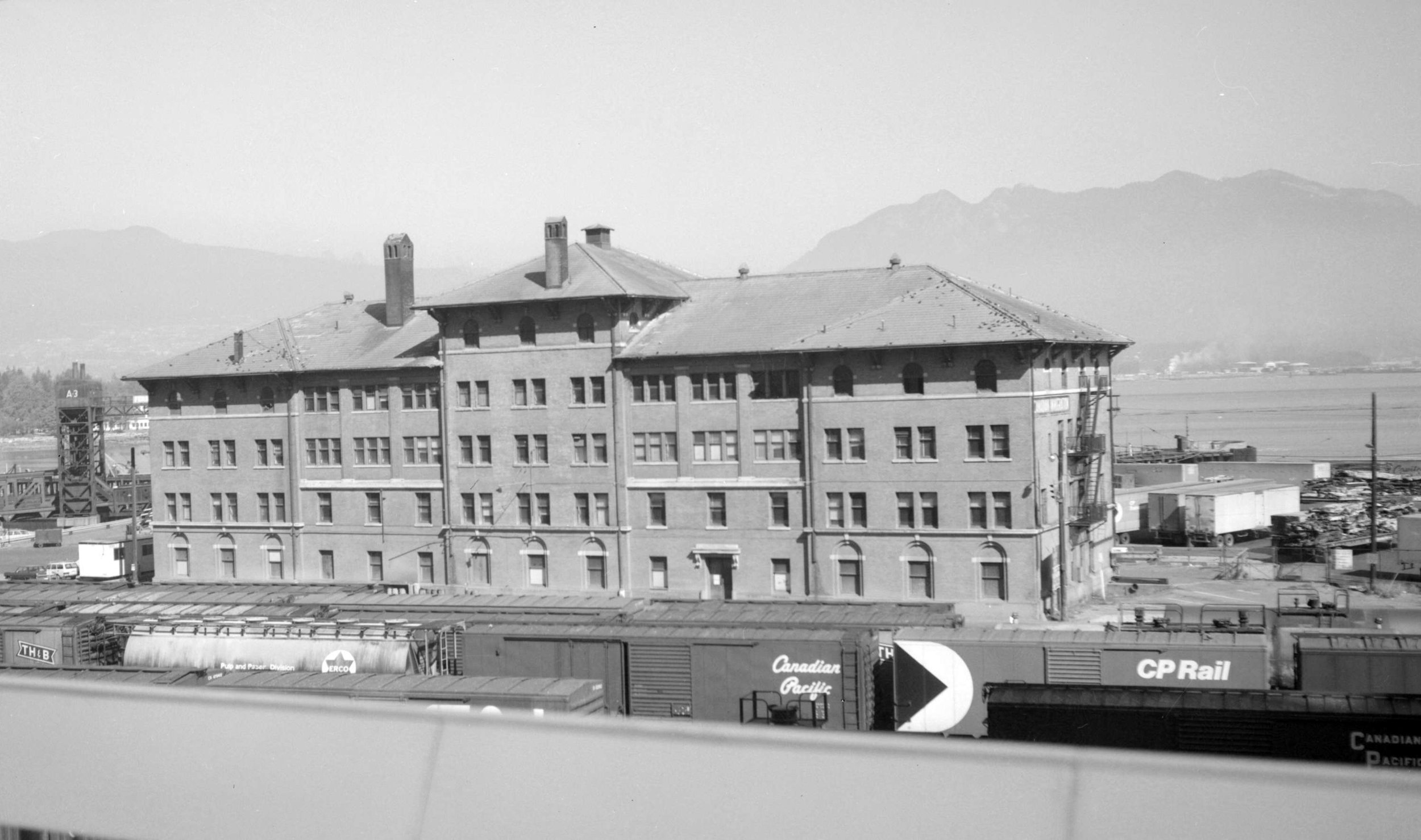
We’ve Been Here a Long Time
Canada’s Immigration and Discrimination Policies
1910 Government Legislation – Immigration Act
In 1910 the government of Canada implemented a new Immigration Act that barred immigrants into Canada who were from races deemed undesirable. It allowed the government to regulate the number, ethnic origins, and occupations of incoming immigrants. Very few Black people entered Canada during this time as they faced difficulties immigrating, often being targeted by racist propaganda campaigns, and forced to undergo numerous medical examinations. The Act also allowed the government to arbitrarily prohibit any immigration deemed unsuited to the climate or requirements of Canada.
The Act disallowed courts and judges from reviewing, revising, or interfering in any way in the decisions. Further rules were passed which enhanced the restrictions on immigration policies, immigrants from Asia were required to have $200 before being permitted entry while all other immigrants were required to have a minimum of $25 upon arrival into Canada. Various preceding immigrant acts all continued to instill rules against immigration centered around ethnicity or occupation. It wasn’t until 1967 that Canada drastically changed their immigration policies and implemented a points system that looked at personal skills. For the first time in Canadian history, the new immigration act also defined refugees as a immigrant group and required the government to meet its obligations to refugees under previous international agreements.
West Indian Domestic Scheme
The West Indian Domestic Scheme began in 1955, it permitted approximately 3,000 single women from the Caribbean ages 18-35, who had at least an 8th grade education, and who were in good health to work in Canada as domestics. The gendered nature of the scheme along with the limited work options provided, allowed the government to hold strict regulation on who and how many were allowed to immigrate.
The pay was low and work hours long, they also faced other hardships like poor employment standards, cultural differences, isolation, and the general low-class stigma associated with domestic workers which excluded them from white Canadian society. But after one year, the women were granted immigrant status and was permitted to seek education and employment opportunities in other fields. They were also eventually allowed to sponsor other family members’ residency in Canada. After five years, regardless of if they continued their work as domestics, they were eligible for Canadian citizenship. They faced racial discrimination within Canada, and many did not continue working as domestics after the first year.
Notably, Jean Augustine, the first Black woman elected to Canada’s House of Commons, and the first Black woman to serve in the federal cabinet, first arrived as part of the domestic scheme.
Jean Augustine arrived in Canada, from Grenada, through the West Indian Domestic Scheme. Already a qualified teacher at the time, she continued her education. Among her many achievements, she was the first African-Canadian woman elected to the House of Commons as the Member of Parliament from the GTA constituency of Etobicoke-Lakeshore.
Wikimedia Commons
Canadian Refugee Policies
1945 -1990s
The disruptions brought about by the Second World War displaced many people and led to the largest refugee migration in European history. Canadian refugee policy changed to welcome these postwar refugees. Not least because the Canadian economy was now booming and there was a need for more workers. The Canadian government would subsidize hundreds of thousands of migrants’ journeys to Canada.
The Canadian Customs and Immigration Building at Sumas, BC, 1949. CVA 586-111.02, City of Vancouver Archives.
1990s - 2015
From the 1990s – early 2010s, Canada enacted a number of policies aimed at curtailing the number of refugees. In the aftermath of 9/11 and the increased focus on national security, more resources were diverted to strengthening border enforcement. There was also a general attempt at decreasing the numbers of refugees and asylum seekers. As a result, refugees were often wrongfully depicted as being linked to criminality and terrorism.
In 2004, Canada and the United States signed the Canada-United States Safe Third Country Agreement. The agreement recognized both countries as being “safe third countries” for asylum seekers. As such, it was possible for both countries to prevent asylum seekers from coming in from the other country to apply for refugee status.
-
Under the Conservative government of Stephen Harper, the rhetoric against refugee claimants was intensified. Many groups of asylum seekers were accused of being “bogus refugees” and fraudulent. The government viewed many refugees as individuals trying to take advantage of Canada’s immigration system. This attitude characterized the government’s approach to the Sri Lankan Tamil asylum seekers on the MV Ocean Lady and MV Sun Sea in 2009-2010. The Tamil migrants were imprisoned and accused of being part of a human smuggling operation despite many later being granted refugee status by Canada’s refugee system.
In 2012, the Canadian government passed Bill C-31, or the Protecting Canada’s Immigration System Act. The Bill drastically restructured Canada’s refugee and immigration policies. Bill C-31 introduced a number of restrictive changes to refugee advocates in Canada. Moreover, Bill C-31 made it easier to exclude political prisoners and activists from the refugee definition. The Bill also put in place mandatory detention provisions for certain groups of refugee claimants. It also incorrectly linked refugees fleeing persecution to human smuggling offences. This is in spite of international refugee law that understands that refugees often have to use smugglers to escape danger and reach asylum.
Bill C-31 created a list of designated countries of origin, of “safe countries,” which denied appeal procedures and significantly shortened timelines. These countries were determined to “not likely produce refugees.” However, this approach did not take into consideration individuals’ different experiences based on gender, ethnicity, or sexual orientation in any particular country. The safe country provision was successfully challenged at the Federal Court in 2015, when the lack of appeal procedures for refugee claimants coming from these countries was deemed unconstitutional.
Healthcare for refugees was drastically cut under the Conservative government. This policy was also successfully challenged at the Federal court in 2015, Justice Anne Mactavish would secribe these cuts as being “cruel and unusual treatment.” In February 2016, the Liberal government reversed the cuts and fully reinstated healthcare for all refugees.
The Vancouver port of immigration building at the foot of Thurlow St, 1972, possible point of arrival for new immigrants.
CVA 447-78, City of Vancouver Archives.
Recent Changes to Canada’s Refugee Responses
Canada’s response to the conflict in Syria highlights how a change in government can have profound effects on refugee policies domestically and internationally.
By 2015, a large number of Syrians had been displaced by the civil war in their country. As the scale of the refugee crisis increased and shocking pictures of Alan Kudi’s – a three year old Syrian migrant – dead body washed up on a beach were published, Canadian public opinion shifted. More action was demanded in favour of helping Syrian refugees. However, the Conservative government only committed to resettling a small number of Syrians over the course of multiple years.
-
In contrast, the Liberal government led by Justin Trudeau committed to resettling 25,000 by the end of the year. The issue was ultimately decided by a federal election in Fall 2015 which resulted in a Liberal victory. While the original goal set by the Liberals was too ambitious, Canada did resettle around 54,000 Syrian refugees by 2017.
New governments, powerful pictures, and shifting popular opinions reveal the speed with which policy responses towards refugees change. Forced migration is a highliy complex phenomenon, and migration policies often blend together international and domestic politics.
Ongoing Challenges
In 2018, Canada resettled more refugees than any other country. According to the annual global trends report released by the UNHR, Canada took in 28,100 of the 92,400 refugees who were resettled across 25 countries. The report also shows that over 18,000 refugees became Canadian citizens that year, making it the country with the highest rate of refugees to gain citizenship.
-
While Canada resettles more refugees than most other countries, it is not the country which receives the most refugees. Most refugees are typically asylum seekers who flee to neighbouring countries for protection as opposed to being resettled. Due to Canada’s isolated geographis position, the country only receives a small number of asylum seekers compared to other countries. These other countries tend to get a much larger number of refugees at their borders whereas Canada gets to choose the number of resettled refugees it welcomes.
There has, however, been an increase in the number of asylum seekers presenting themselves to the Canadian border, this was notably the case during the years of the Donald Trump administration in the United States. That administration’s hostility towards irregular migration pushed many asylum seekers to seek refuge in Canada. However, due to the Canada-United Sates Safe Third Country Agreement, these migrants’ refugee claims would be denied if they tried to enter via an official point of entry. To bypass this issue, asylum seekers have been performing irregular border crossings into Canada. The government reacted to this increase in irregular migration by setting up checkpoints at these unofficial border crossings to intercept and process irregular migrants’ claims. However, once in Canada, these asylum seekers can apply for refugee status and are protected by the Canadian Charter of Rights and Freedoms.



